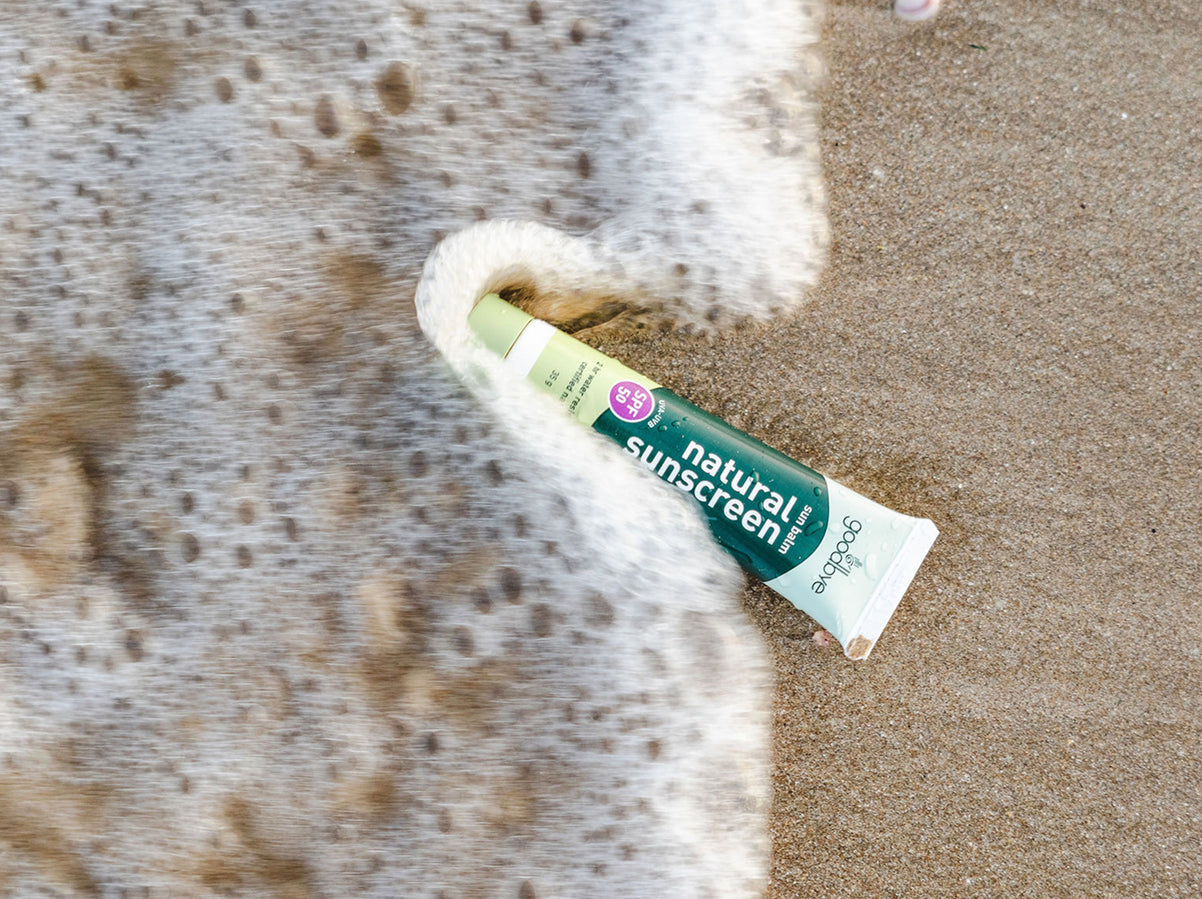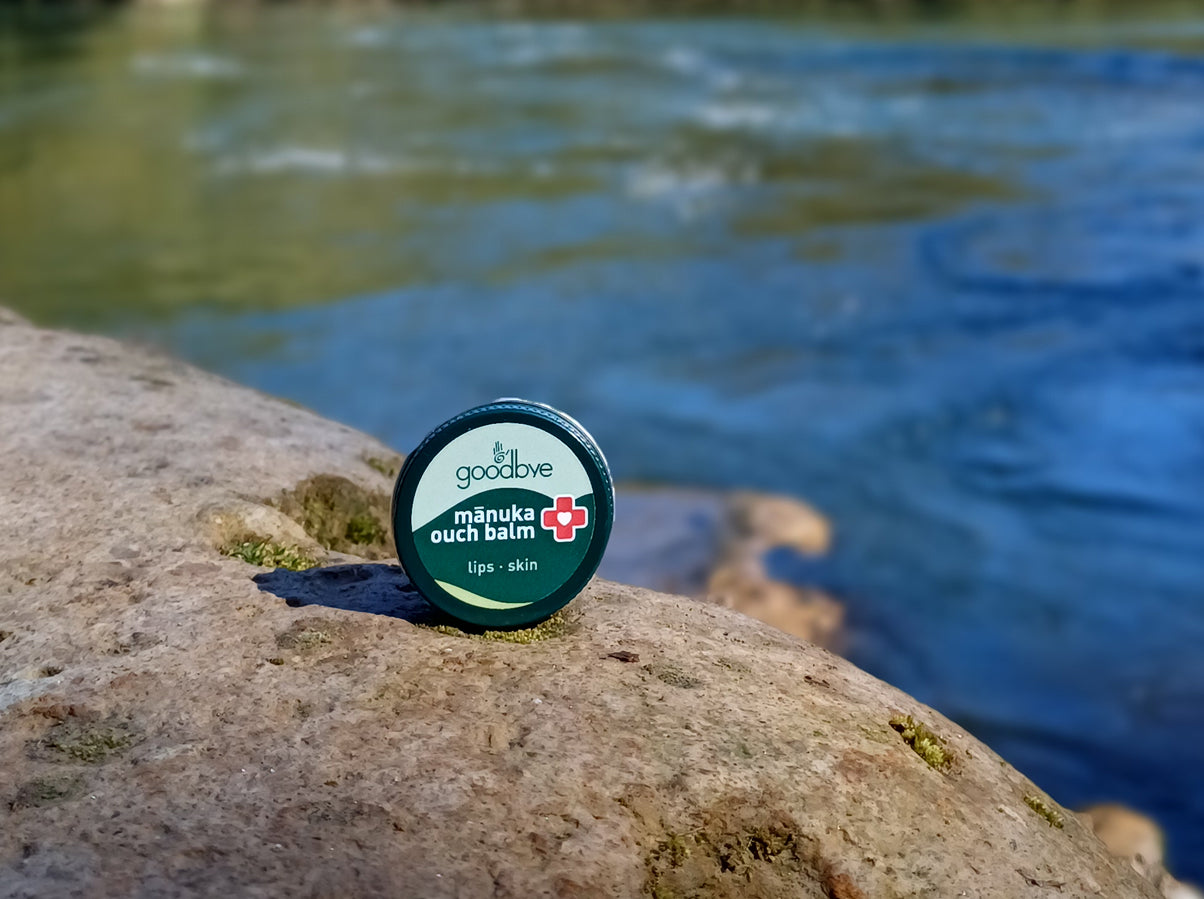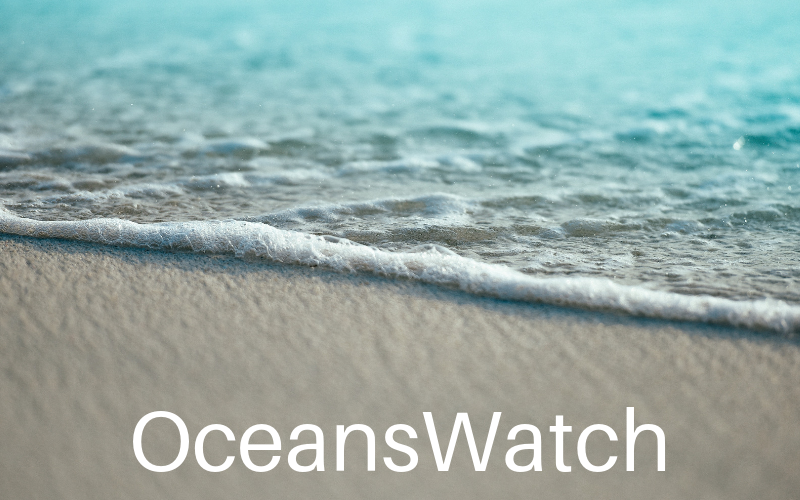Eco Pets
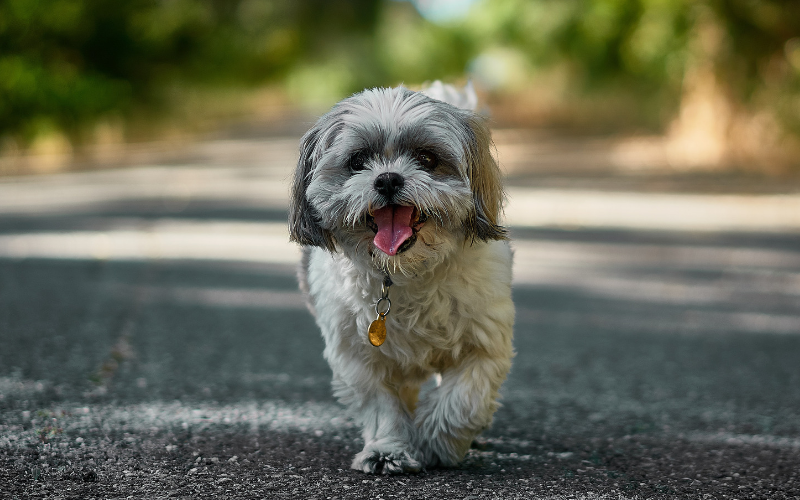
Green Pets
The cyclone did a number on Northland this week, with most schools closed along with many roads, and much of the town of Kaeo underwater. I'd only filmed the Kaeo River two weeks ago, and it was so low that a child could walk across. What power lies in water! Can you believe that the Volvo Round the World Race left Auckland just as it was coming on us?
I got up at 6am to rain Wednesday morning to head to Auckland and Natural Products New Zealand (NPNZ) Summit in Rotorua. My courier driver advised me of the 4 places Sh2 floods between Kerikeri and Whangarei, so I took our truck. And what is normally a 3 hour drive, was 5 hours, and I was glad to have been able to get through.
Jules Smith relayed to me that parts of her property outside of Whangarei were flooding, and she is leaving behind her precious new puppy to join me at the NPNZ Summit. As a result of the new love (the puppy!) in her life, Jules has turned her attention to how to have an 'Eco' pet. We spend time carefully choosing our own natural products and diet, it is not a big stretch to extend that thoughtfulness to our pets.
In Health, Becky
8 ways to be Greener with your Pets
You and your pet can help save the planet
They say that if we all do a little bit, collectively a lot is achieved. It might not seem like much, but a few simple things you and your pets do may just help out the planet. The good news is that it really takes very little to reduce your pet's carbon foot-print, you might even be able to claim the carbon credits.
1. Water
It is vital that all your pets have access to clean water at all times. This water needs to be fresh – ideally, it should be changed every day. For this reason, it is easy to waste precious water. During the cooler months try only filling their bowl half full. When the weather is hot and your pet is drinking lots of water to re-hydrate and stay cool, keep a bottle of filtered water in the fridge to top up their bowl. Use a stainless steel bowl inside – they are easy to keep clean. We use a heavy ceramic bowl outside because it won't blow off the deck and doesn't heat the water up when the sun catches it. Plastic bowls should be avoided, for feeding and water.
2. Healthy eco-friendly toys
It's easy to get caught up in giving your pet fancy toys to play with. Take a moment before you buy the latest toy for your pet – check if it is healthy for them and environmentally friendly. Your pet will chew their new toy; it will need to be sturdy and made from a product you are comfortable with them chomping on. Choose non-plastic toys because whatever doesn't get swallowed will inevitably end up in a landfill.
3. Sleep Time
Dogs sleep for up to 18 hours a day and cats for as many as 20 hours. It makes sense to ensure they aren't spending this time exposed to chemicals released from synthetic fillings like foam or polyfill. There are alternatives that are both comfortable and practical which are made from natural fibers. Choose bedding made from and filled with these or recycled materials that are environmentally friendly, healthy, and durable. We have lined a second-hand cane basket with an alpaca fleece filled mat covered with a washable cotton cover.
4. Grooming
Check any pet care products you use are non-toxic, natural and in recyclable packaging. Stay away from any products that have health warnings such as‚Äö avoid getting on your hands. If it is too toxic for you then it is too toxic for your pet. With the close relationship we have with our pets it is likely that at some point it will end up on you or your family and in our environment. It's nice to avoid packaging altogether but sometimes this just isn't practical. If it's in plastic check it is recyclable, and make a point of putting it in the recycling, not in the bin where it goes to landfill.
5. Accessories
It goes without saying that we need accessories for our pets: collars, harnesses, leashes, and coats. Whether they are required for the work your pet does, or entirely for fashion reasons try to choose accessories that are made from natural, sustainable fabrics such as bamboo, hemp, leather, or recycled cotton. These products will ensure your pet is dressed in high fashion whilst being earth-friendly. We found a great selection of recycled cotton collars with matching leash on-line.
6. Cleaning your home
Many of the products we clean, polish, sanitise, and disinfect our homes can cause allergic reactions in our pets. Our pets walk bare-foot around our homes, brushing up against all the furniture we clean so vigilantly. Many of these cleaners impact pets health – causing nausea, vomiting, and other effects not seen in the short term such as cancers or kidney, liver, and heart damage. Clean your home with natural non-toxic products, you'll find they won't just clean your home but they will also help keep your family and your pet healthier in the long stretch.
7. Healthy diet
What you feed your pet is important to their ongoing health and wellbeing. Healthy pets require fewer trips to the vet and a less stressed out owner. We advocate species-appropriate diets for all pets. For cats and dogs, a raw diet isn't as convenient as a packet of biscuits or food from a can but most will thrive on it. In fact, the health of our own cats has improved beyond our expectations since they have been fed this way. The key to a successful raw diet is including a wide variety of meats (some on the bone) to mimic their natural diet. There are lots of free-flow frozen options available, if you need to feed the occasional convenience food for those times you have forgotten to defrost a meal – a little air-dried meat should do the trick.
8. The Aftermath
It's inevitable – what goes in one end has to come out the other. Around the world tons of dog and cat poop hits the ground daily, how we deal with it is critical.
If you have to use a dirt box inside ensure the dirt is biodegradable. There is a big selection on the market including products made from recycled newspapers. Used litter can be dumped under a tree (not in your vegetable garden) providing good mulch and fertiliser for the plant.
Here in New Zealand, we are blessed with the most amazing walks and beautiful beaches. It goes without saying that every dog owner should take responsibility and pick up any poop their dog leaves in biodegradable bags. These are made of a variety of materials that break down easily. Unlike supermarket plastic bags, biodegradable bags can be flushed down the toilet or composted.
Avoid using toilet pads or pet nappies, these are marketed at dog owners house training their puppies. They are made out of the same material as disposable nappies and may seem convenient but once your puppy has soiled them they end up in landfills. Newspaper on the floor is just as suitable for this short term training purpose and will break down in your compost or landfill.
As you can see, none of these are particularly daunting, if we overcome minor inconveniences and adopt more natural solutions we can all get on with enjoying a cleaner, greener planet.
From You
My parents are over from the UK and unfortunately got attacked by sandflys. The bite cream they were using did little to ease the irritation so I let them try my 'goodbye sandfly' spray and it really helped, the itch and swelling went down within 5minutes! They will be stocking up and taking some back home with them. Just thought I'd pass on the praise. ~Heather


